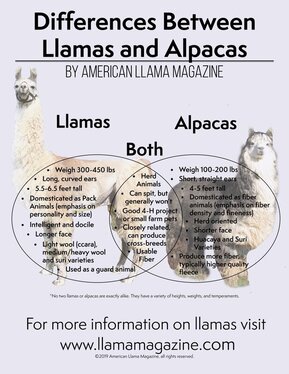 What’s the difference between a llama and an alpaca? This might be the question I am asked most frequently by people finding out I raise llamas for the first time. Unsurprisingly there are quite a few blogs and articles related to this question when you start an internet search. If you are familiar with llamas you will be disappointed with much of what you find, and if you are unfamiliar with them you will likely get a bad first impression. That is why I have created an infographic and this accompanying article to try to correct some misconceptions that have floated out onto the internet. Let me start by saying that I have owned both llamas and alpacas. As a teenager in the 4-H program I successfully trained and showed both llamas and alpacas. With that being said there is no contest to which I would rather own. For me the alpacas have come and gone, but llamas are here to stay. While I will try to stay somewhat impartial in this post, I do freely admit that I have a preference toward llamas. I still think alpacas are a wonderful animal. If you asked me to rank all of the animals I’d like to raise they would be toward the top of the list, but they will always be a notch or two below llamas. Correction #1 - Llamas DO NOT spit more than alpacas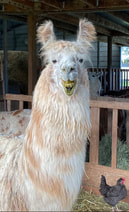 In an attempt to be diplomatic I have stated that they are equally likely to spit in the infographic, but in my experience alpacas are more likely to let one fly. That being said, if you are around well bred and well trained llamas OR alpacas, you are not very likely to get spat on. The most likely time to be spat on is if you are feeding a group of llamas or alpacas, and you get caught in the middle. Other times you might see a “spit”:
Correction #2 - They BOTH have nice usable fiber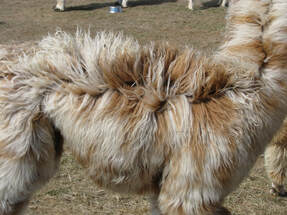 A closeup of the fleece of a young llama A closeup of the fleece of a young llama I am not saying they are of equal quality. Alpaca fleece has some advantages if you are primarily looking for fiber animals, but llama fleece is also usable and can be very fine. Correction #3 - The guard llama and the pet alpacaSome articles differentiate llamas as aloof guard animals and alpacas as friendly pets. This isn’t an accurate description of llama and alpaca uses or personalities. Llamas were not domesticated as guard animals, they were domesticated as pack animals. For thousands of years they have worked closely with humans, having loads tied and untied while they calmly carried them. Alpacas were domesticated as fiber animals. Personality was not as important as in the llama, because they didn’t interact with humans as often. You can find both llamas and alpacas that are wary of people, and you can also find personable llamas and alpacas. In our experience, the average llama is easier to work with than the average alpaca. Differentiating TraitsLlamas and Alpacas both vary quite a bit in their looks, size, and traits. You can’t rely on one factor to differentiate the two because you may see a llama with alpaca looking ears, or a smaller llama, or an alpaca with llama looking ears and little wool on its face. I have used the word “typically” about a hundred times in the sentences to come to try to respect these variations. Size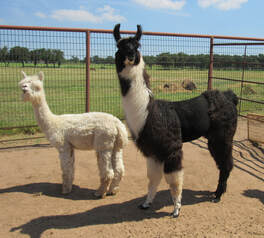 Alpaca on the left, llama on the right Alpaca on the left, llama on the right The typical llama weighs 350 to 450 pounds and five and a half to six and a half feet tall. The typical alpaca weighs 100 to 200 pounds and is four to five feet tall. There are mini llamas and tall alpacas, but generally a full grown alpaca is roughly the height of a yearling llama. Ears
FiberAlpacas typically have more fiber covering their bodies. They are usually shorn from the top of their head to their toes by being restrained and laid out on the ground. After they are shorn the differences in size and ears become more pronounced. Llamas vary a lot when it comes to their fiber. Classic llamas, sometimes referred to as ccara, do not have a lot of wool. Ccara llamas have a visible sheen of guard hairs; these guard hairs are rough to the touch. Though the fiber underneath the guard hairs is generally fine and usable, the dehairing process can be time consuming or expensive, so the fiber of the classic llama is not widely used. It is from this type of llama that the myth that llamas do not have usable fiber was started. Llamas can be of the “heavy wool” variety, the Argentine and Rebano Escondido llamas imported by the Taylors in the late '90s and early 2000s are a great example. Both llamas and alpacas can have a suri fiber, which lays flat in a dreadlock formation. Muzzle/FaceAlpacas have a shorter muzzle, which emphasizes their "teddy bear" appearance. Llamas have a longer muzzle, and typically less wool around their face. PersonalityBoth llamas and alpacas are herd oriented, but this trait is more exaggerated in alpacas. While both llamas and alpacas are intelligent and curious, these traits are more pronounced in llamas. CommonalitiesComparing llamas and alpacas is like comparing two different dog breeds, rather than comparing dogs and cats. While they have distinct differences they also have a great deal in common. As I said at the beginning of the post, I think they are both wonderful animals, though I have a preference toward llamas.
A few things they have in common:
2 Comments
Bethany
6/10/2020 10:16:22 am
Thank you SO MUCH for clarifying this information. The chart is helpful and your explanations really clear up my doubts. I think I’ll be more confident identifying them in the future.
Reply
3/2/2022 08:13:03 am
Thank you for explaining some of the different features that set llamas and alpacas apart, like how a llama's ears are typically longer and curved. My grandson wants to know everything about llamas, but he often gets llamas and alpacas confused. We'll be sure to share some of these facts with him so he can start learning how to tell them apart.
Reply
Your comment will be posted after it is approved.
Leave a Reply. |
AuthorKyle Mumford is a third generation llama owner, and his family has owned llamas since 1980. Kyle and his wife Jerrika have a herd of approximately 25 llamas in Southwest Washington. Categories
All
|
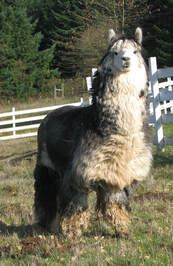
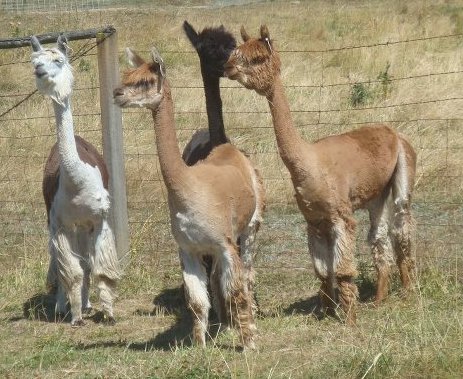
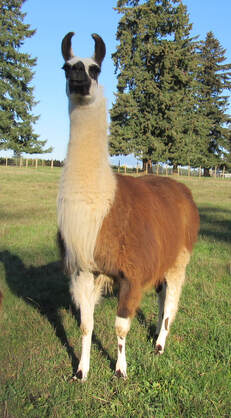
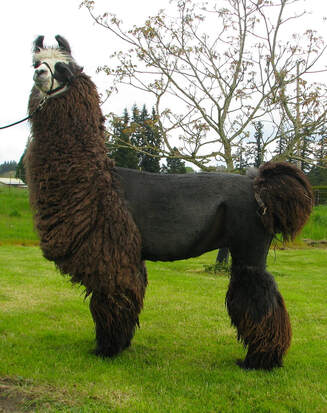
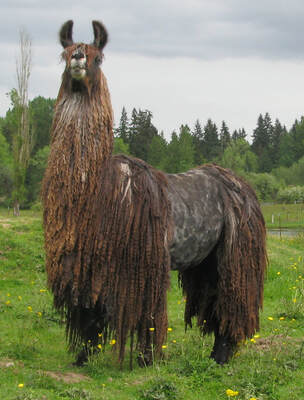
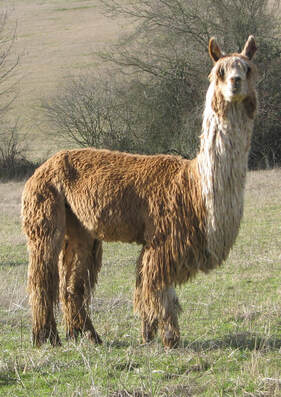
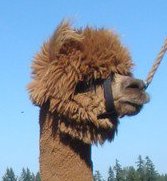
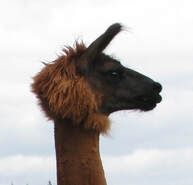
 RSS Feed
RSS Feed